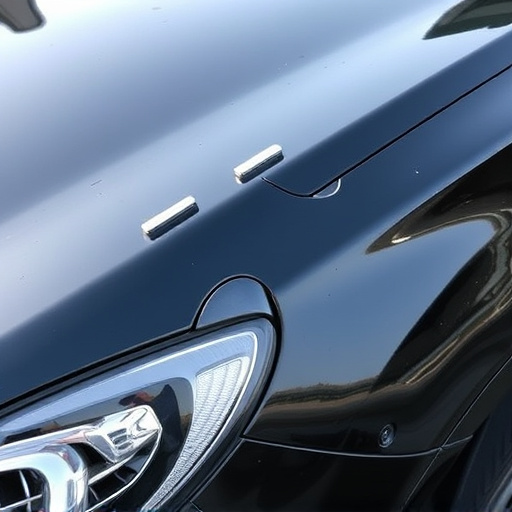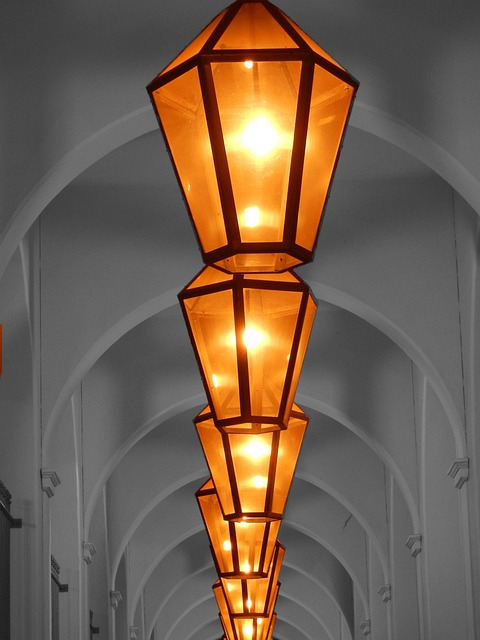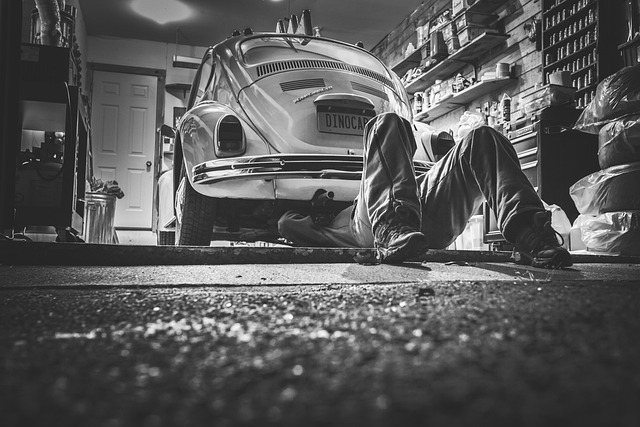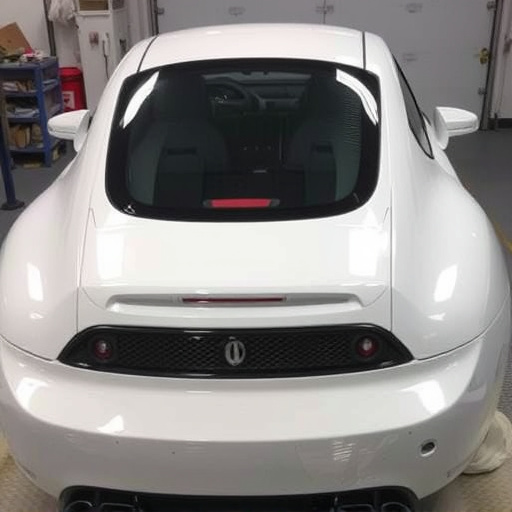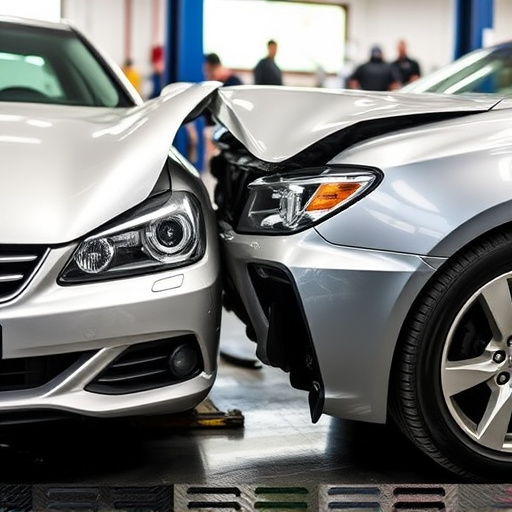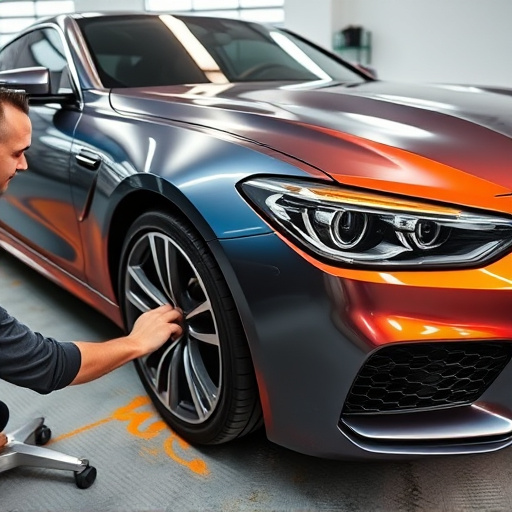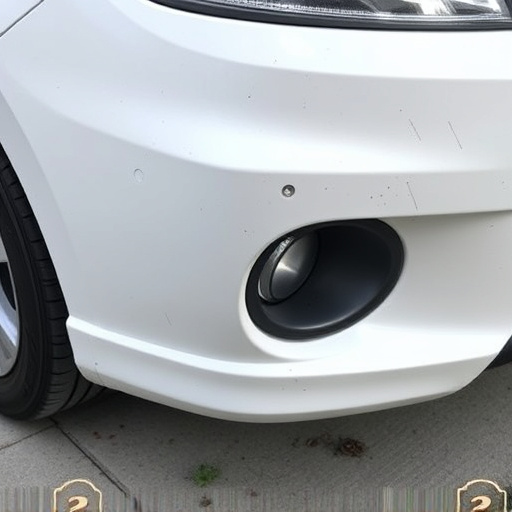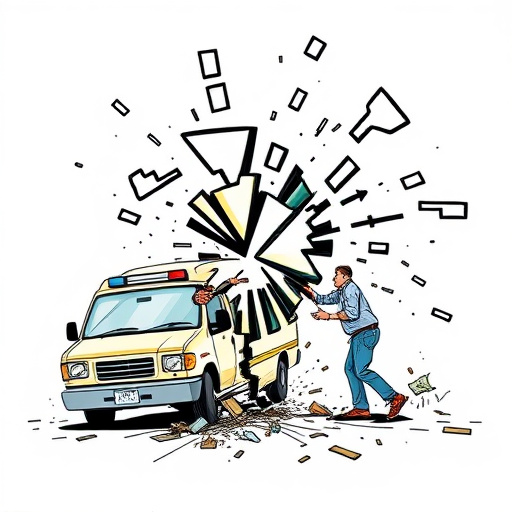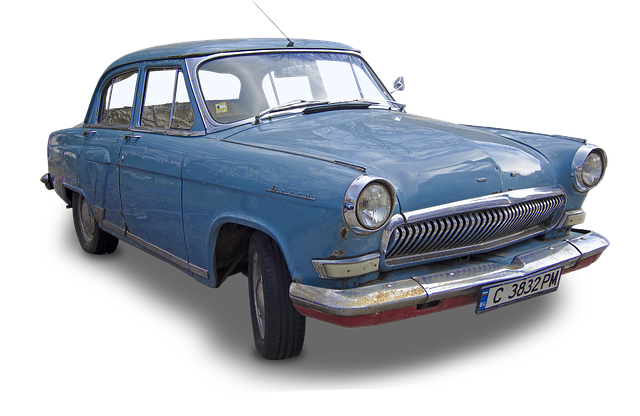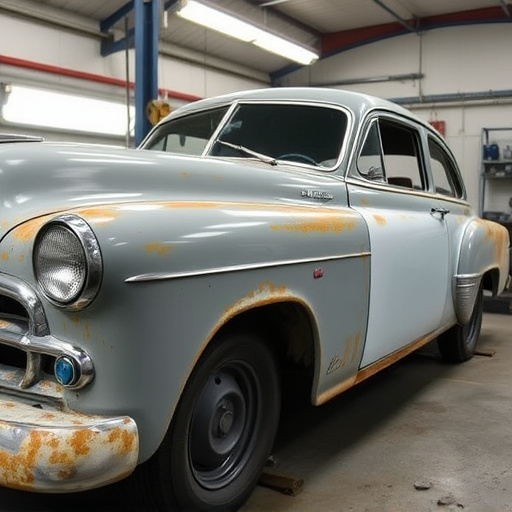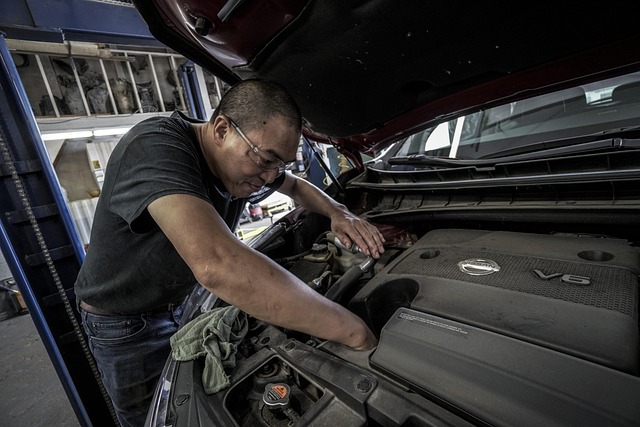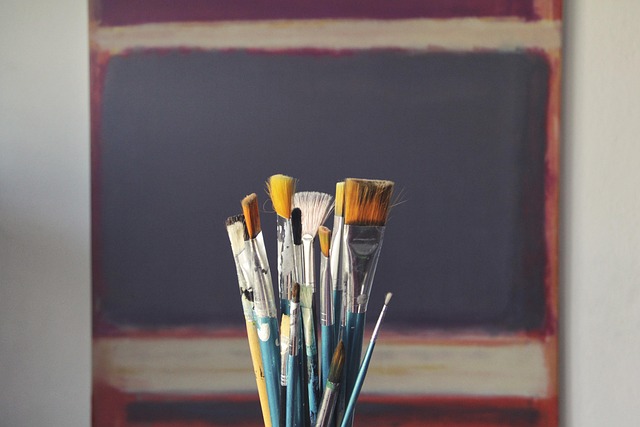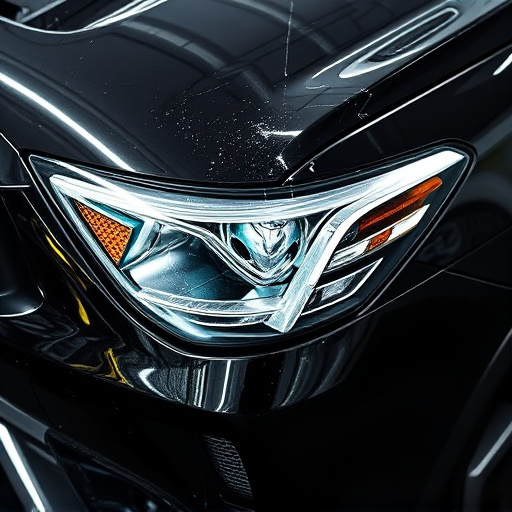Color matching excellence in automotive collision repair and restoration involves understanding complex biological and environmental factors influencing color perception. Skilled technicians and restorers use advanced tools like spectrophotometers, combined with deep knowledge of color theory (HSV), to achieve precise matches for both classic and modern vehicles. This meticulous approach ensures seamless integration of repaired areas, preserving vehicle value and aesthetics.
“Unveiling the intricate link between color matching excellence and repair accuracy, this article delves into the science behind visual perception. We explore how our understanding of color impacts precision in repairs, offering valuable insights for professionals. From the intricacies of human vision to advanced techniques, we uncover methods for achieving impeccable color matching. By integrating these strategies into the repair process, technicians can elevate their work, ensuring results that seamlessly blend with existing surfaces.”
- Understanding Color Perception and Its Impact
- Techniques for Achieving Precise Color Matching
- Repair Process: Incorporating Color Matching Excellence
Understanding Color Perception and Its Impact
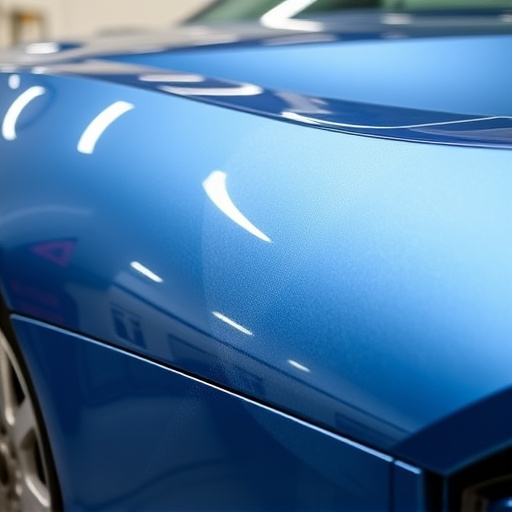
Our perception of color is a complex interplay of biological processes and environmental factors. The human eye contains specialized cells called cone cells that detect different wavelengths of light, allowing us to discern colors. However, this perception isn’t always perfect; variations in lighting conditions, individual differences in vision, and even cultural influences can impact how we see colors. When it comes to color matching excellence, these variables become particularly significant, especially in precision fields like automotive collision repair or car restoration.
In the context of automotive collision repair and fender bender repairs, accurate color matching is crucial for achieving a seamless finish. A skilled technician understands that simply mixing pigments isn’t enough; they must consider factors such as lighting conditions under which the vehicle will be driven, potential changes in color over time, and how surrounding colors interact with the specific shade chosen. This deep understanding of color perception and its impact enables them to deliver top-notch results, ensuring that repaired vehicles look as good as new, both aesthetically and in terms of technical precision.
Techniques for Achieving Precise Color Matching
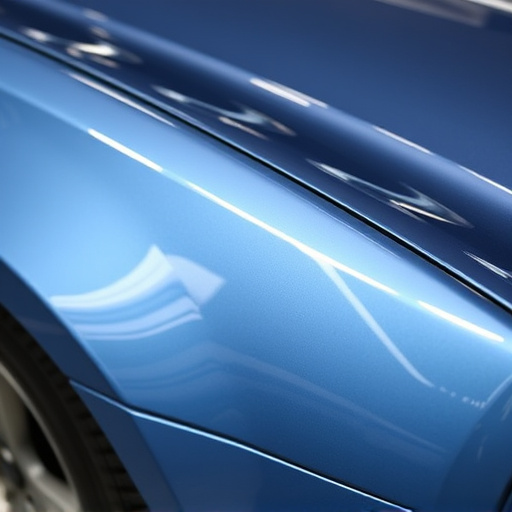
Achieving precise color matching excellence is a critical skill in any restoration process, be it for a classic car or modern vehicle. It involves a meticulous understanding and application of various techniques. One key method is using advanced digital tools that allow restorers to analyze and match original paint colors with incredible accuracy. These tools often include spectrophotometers, which measure light absorption and reflectance, ensuring a exact color replication.
Additionally, the science behind color theory plays a vital role. Restorers must consider factors like hue, saturation, and value (HSV) to match not just the visual appearance but also the subtle nuances that contribute to a perfect blend. Training in color mixing and understanding the behavior of pigments are essential for achieving this level of accuracy, especially when addressing collision damage repair or vehicle dent repair scenarios where precise restoration is paramount.
Repair Process: Incorporating Color Matching Excellence
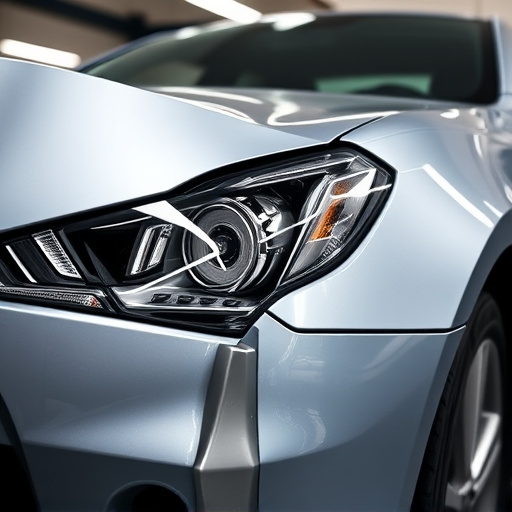
Incorporating color matching excellence into the repair process is a critical step for any vehicle body shop or automotive restoration specialist. It’s not just about achieving an aesthetically pleasing finish; precise color matching ensures that the repaired area seamlessly integrates with the existing, unharmed parts of the vehicle. This level of craftsmanship is crucial in maintaining the overall value and integrity of the vehicle.
Auto repair services that prioritize color matching excellence use advanced technologies and skilled technicians to achieve exact color codes and textures. This meticulous attention to detail prevents visible distinctions between new and repaired components, enhancing the overall quality of the automotive restoration. By integrating color matching excellence into their service offerings, reputable auto body shops can deliver top-tier results for clients seeking both functionality and aesthetics in their vehicle’s repair and rejuvenation.
Achieving color matching excellence is not just an artistic endeavor; it’s a crucial aspect of repair accuracy. By understanding color perception and employing precise techniques, professionals can ensure that repairs blend seamlessly with original surfaces. Integrating these strategies into the repair process yields outstanding visual results, enhancing durability and customer satisfaction. Color matching excellence truly is a game-changer in the world of restoration.

